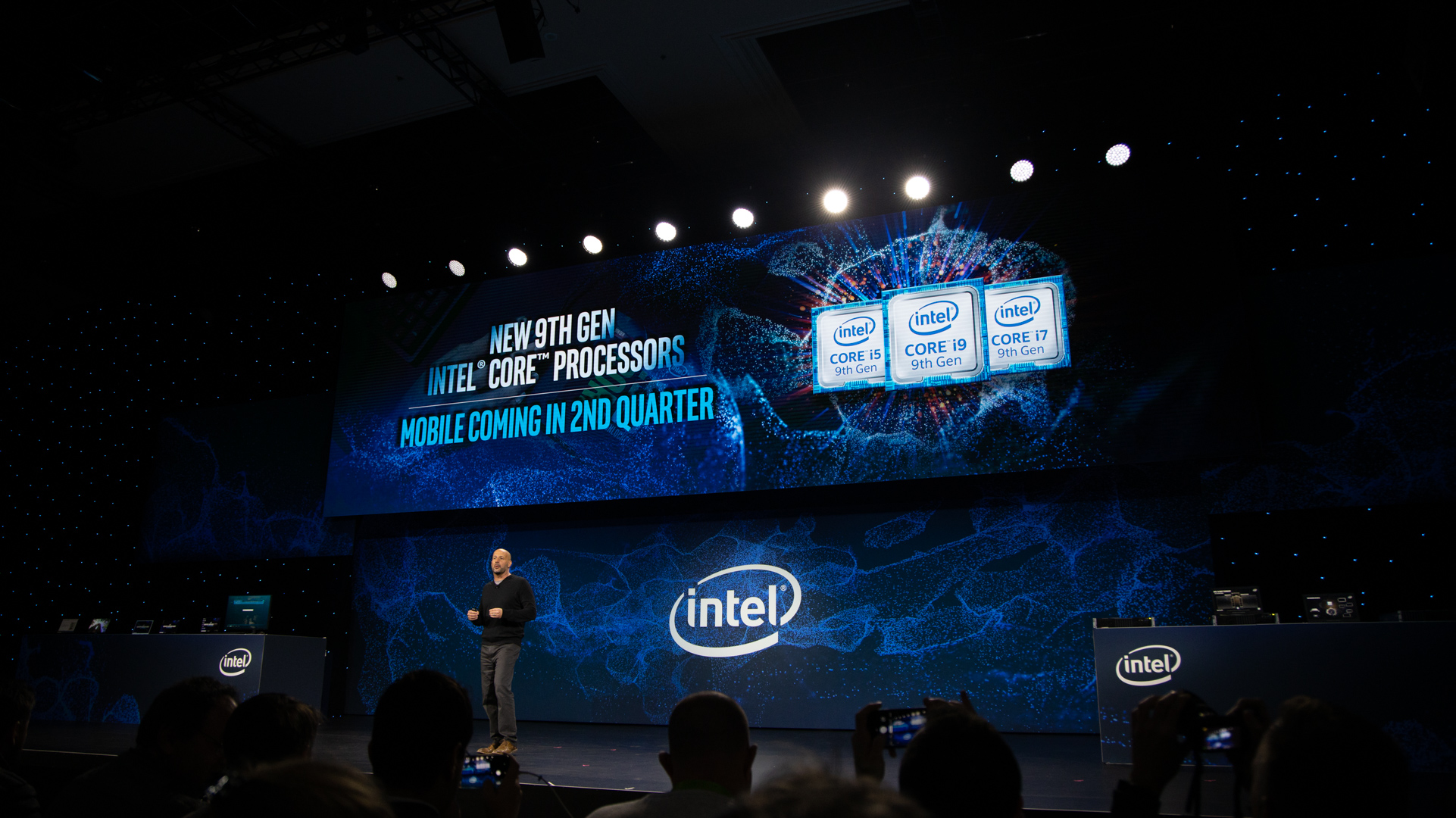Some of Intel's F-series will utilize thermal paste again

Updated: Intel has given us a response noting that some Intel Core i5-9400F series processors and other F-series processors will indeed feature a polymer (or thermal paste-based) thermal interface material, but CPUs ending with a KF suffix will maintain a soldered TIM. We've updated our story to reflect this new information.
Intel’s new F-series processors were already plenty interesting for dropping integrated graphics without being any cheaper, and now we have learned some of them won’t feature nearly as robust cooling either.
It appears that momomo_US has got its hands on an Intel Core i5-9400F, removed its lid and revealed the processor will utilize a grease-based thermal interface material (TIM).
Core i5-9400F (6C die / U0)Core i5-9600K (8C die / P0)#殻割り #delid pic.twitter.com/wp429U16V3February 2, 2019
Intel later confirmed with us that the processor in the image is indeed an authentic F-series processor. However, the chip maker also stressed that F-series processors will come with either a polymer (read: thermal paste) or soldered TIM depending on the manufacturing process. Additionally, all CPUs ending with the suffix 'KF' will still feature a soldered TIM.
We've asked Intel how it will note which processors come with which thermal interface material on its retail packaging and are still awaiting an reply. It worth nothing that most F-series not ending in an KF suffix are locked and can't be overclocked. So users who keep their chips running at stock speeds likely won't miss the biggest benefits of a soldered TIM.
- Want more soldered processors? AMD Ryzen 2nd Generation CPUs are a sure bet
- We're also excited about Intel graphics cards potentially being on their way
- Here's everything you need to know about Intel's latest HEDT family
That said, the move back to a polymer TIM is a step backwards for the company's products. Intel's Coffee Lake Refresh reintroduced the superior soldered TIM to the delight of overclockers and PC enthusiasts. Beyond an audience of hardcore fans, we've seen soldered TIMs reduce peak temperatures by 10 degrees Celsius, going from the Intel Core i7-8700K to and Core i9-9900K.
This is especially impressive considering that the latter Coffee Lake Refresh processor featured two more cores than its closest predecessor.
Sign up for breaking news, reviews, opinion, top tech deals, and more.
Going back to thermal grease to transfer heat between the processor dies and the integrated heatsink – in other words, the top cover of the CPU – would likely lead to higher temperatures once again.
- Looking for the best processors? We’ve got you covered
Via Tom's Hardware

Kevin Lee was a former computing reporter at TechRadar. Kevin is now the SEO Updates Editor at IGN based in New York. He handles all of the best of tech buying guides while also dipping his hand in the entertainment and games evergreen content. Kevin has over eight years of experience in the tech and games publications with previous bylines at Polygon, PC World, and more. Outside of work, Kevin is major movie buff of cult and bad films. He also regularly plays flight & space sim and racing games. IRL he's a fan of archery, axe throwing, and board games.